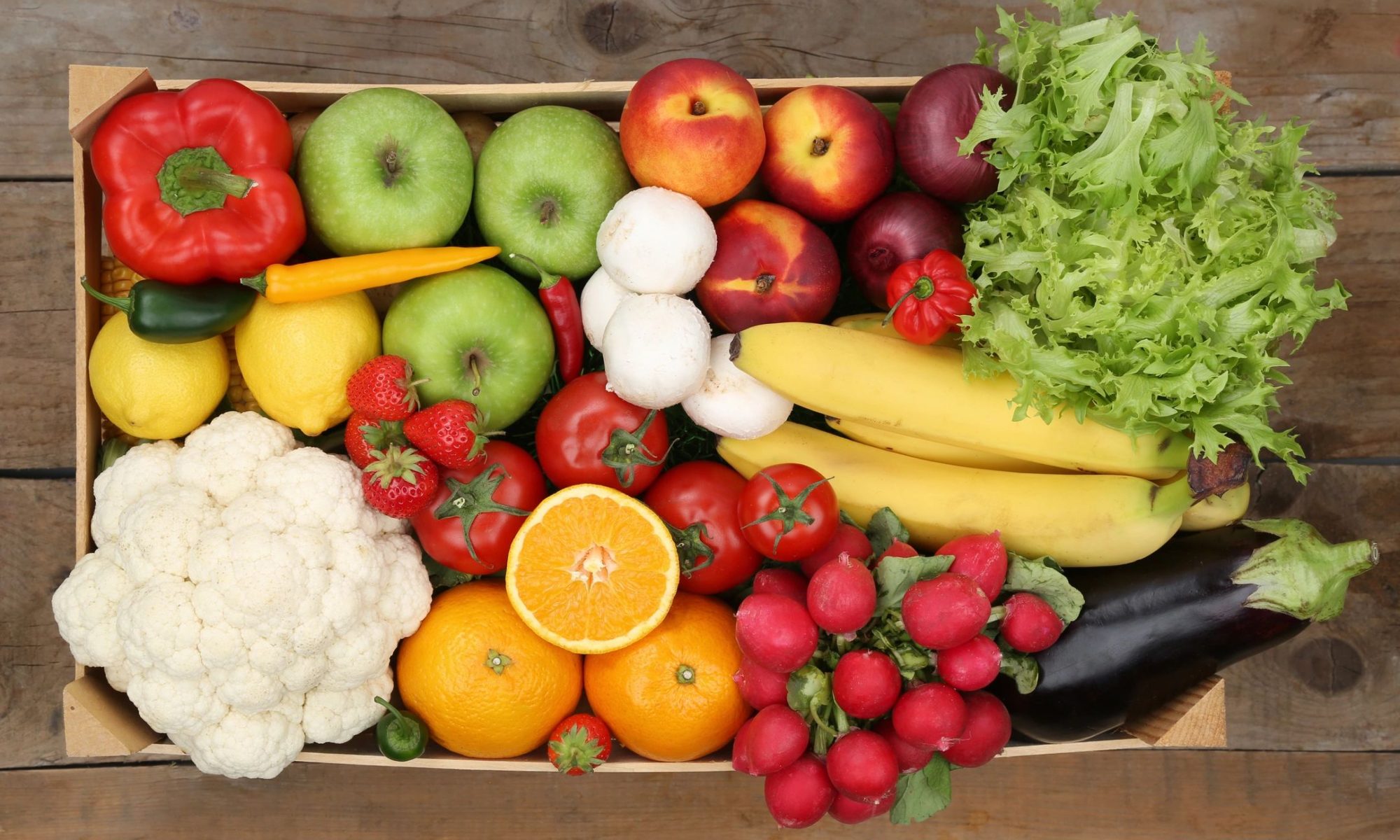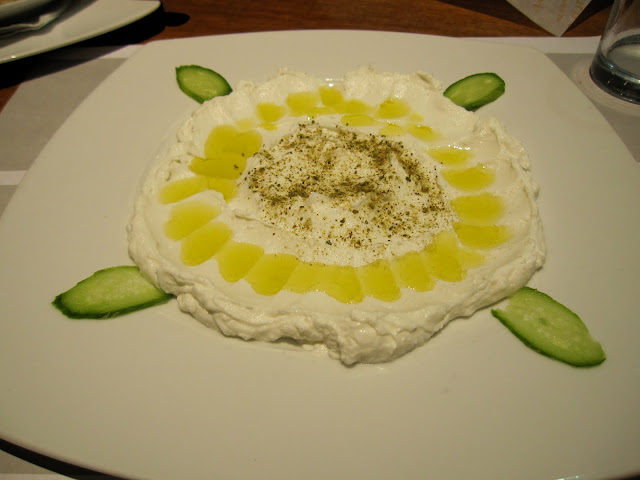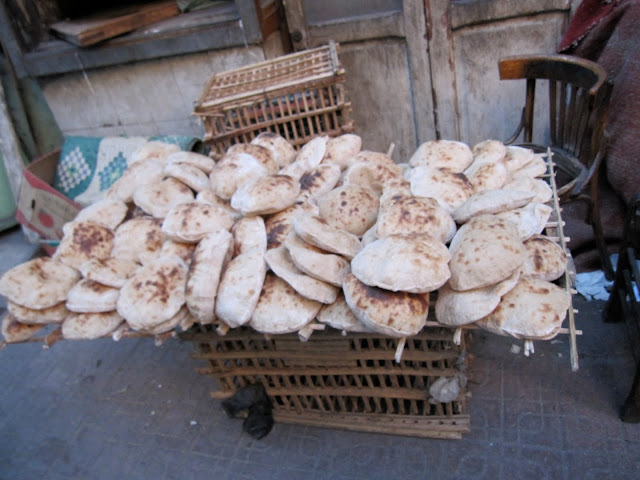I’ve been wanting to work sprouted foods into my diet for quite some time now, but I’ve been deterred by taste and logistics. Enjoying broccoli sprouts on a sandwich at is one thing. Buying an entire package of them and eating large quantities of them them day after day is quite another. Then one day I spied a package labeled “Crunchy Sprouts” in the produce section at Whole Foods. It seemed non-threatening, and only $1.99, so I brought it home.
They stared at me for a few days with their little squiggly sprouts seeming to wave each time I opened the fridge. I tried to eat them raw and found them bitter, with a strange aftertaste. The one day I realized that I could use them to satisfy my craving for hearty lentil soup that always accompanies the snow. And sprouted lentils offered a huge smart advantage, since sprouted legumes cook in a fraction of the time that regular legumes cook in. And it was delicious.
I started with Heidi Swanson’s recipe for Lively Up Yourself Lentil Soup, modifying it significantly to match the sprouted legumes and our dietary preferences. You, too, can mix and match, adding grains and greens of choice. If you aren’t lucky enough to have a huge bag of Middle Eastern saffron lying around, try mixing cinnamon in with the yogurt. It will still be divine.
Time: 10 minutes
Serves: 4
Soup:
8 oz sprouted legumes
4 c water or stock
1 bunch kale, chard, or other leafy green
28 ounce box or can of tomatoes
Salt and pepper to taste.
Saffron (or Cinnamon) Yogurt:
1 large pinch saffron (or cinnamon or cardamom)
1 T boiling water
1/2 cup yogurt or 1/2 c soy yogurt + 1 T cider vinegar
1 large pinch salt
1. Boil water or stock in a large saucepan.
2. While waiting for the water to boil, make the saffron yogurt. Steep the saffron threads in 1T boiling water for a few minutes. Stir into the yogurt with a pinch of salt.
3. Add sprouted legumes to the boiling water. Cook 3 minutes. Adjust heat to a simmer.
4. Stir in tomatoes and kale. Add salt and pepper to taste.
5. When kale wilts, taste and adjust seasoning. Serve topped with saffron yogurt.



 Labneh
Labneh














